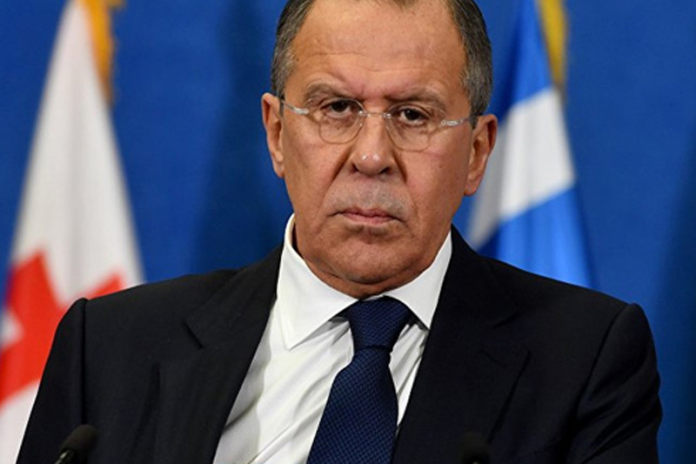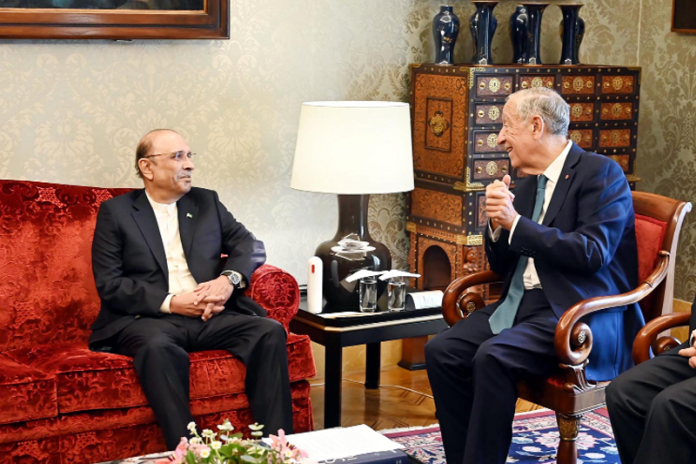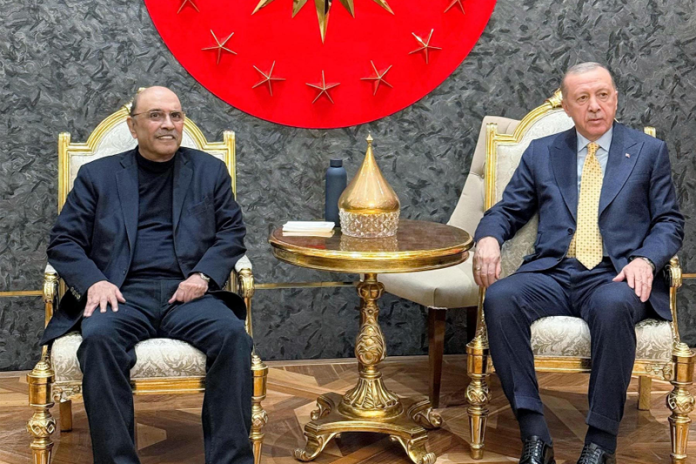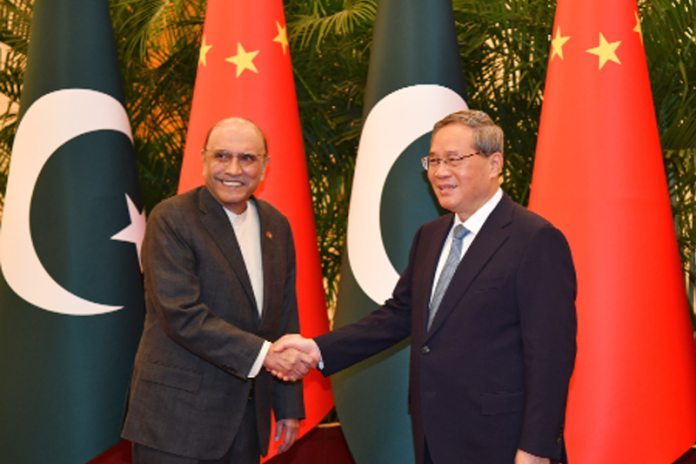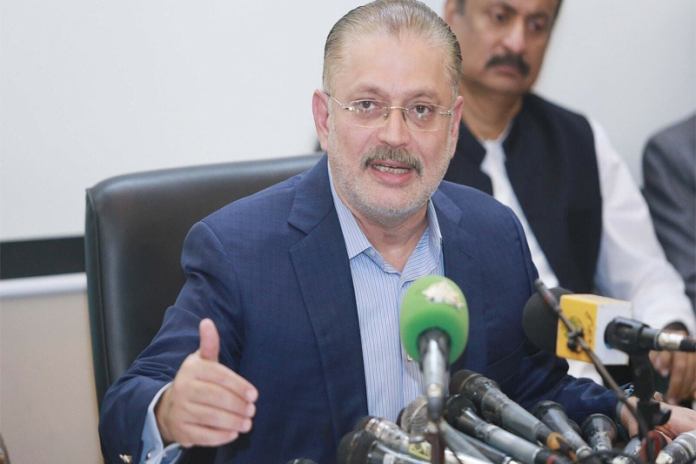Employment of children must halt

- 237
- 0
Childhood is the best part of life. It is full of innocence and joy. It is that phase of life where we are free from all the responsibilities. Unfortunately many children in our society had lost this precious phase of life. The reason behind this s child labor. The term “child labour” is often defined as work that deprives children from their childhood, their potential and their dignity, and that is harmful to physical and mental development.
Child labour means indulging children to do duties like grownups which snatches away their innocence and childhood. Child labour is a serious problem in developing countries. Both the Constitution and Labour laws prohibit the employment of children before the age of 14 years. However, ILO and UNICEF differentiate between child labour and child work. Child labour is something that has spoiled numerous children’s lives. Unfortunately, in Pakistan, the rate of child labor is on peak as kids in early ages are sent to work. Causes behind this curse, are of expanded taxes from government, the expensiveness of essential goods which have compelled poor citizens to send kids for labouring.
According to ILO and UNICEF we cannot consider all the works done by children into “child labour”. So, there is a need to differentiate between child labour and child work. If the work in neither affecting the mental and physical health nor disturbing the schooling of children, then this type of work cannot be taken negatively and does not fall in the category of “Child Labour”. For example if a child is working in his/her family business during his/her school holidays or after school hours, these activities are not child labour, rather these can be classified as “child work” which is good and important for the personal development of children.
According to ILO, child labour is defined as work that has the potential to deprive children of their childhood, their dignity and is also harmful for their physical, moral and mental development and it interferes with their education (either by not allowing them to attend school, leaving school prematurely i.e., without compulsory education or forcing them to combine school attendance with heavy work.). UNICEF defines child labour as a work that exceeds some minimum number of hours, depending upon the child’s age and type of work.
Pakistan, unfortunately, is amongst those countries in which child labor is at its peak. Children which are considered as innocent are being used to perform work which is beyond to their capability which should be taken as the act of brutality. Poverty is often cited as the main cause of child labour. It is widely believed that families will not be able to cope if their children do not work. In practice, however, the poverty argument does not hold water. Precisely the opposite is true, child labour maintains poverty. The worst forms of child labour comprises children being enslaved, parted from their families, exposed to serious hazards and illnesses and/or left to fend for themselves on the streets of large cities often at a very early age.
On the occasion of the World Day Against Child Labour, on June 13th, 2021, Pakistan People’s Party (PPP) MPA Sharmila Farooqui stated that 3.3 million of Pakistani children are forced into child labour due to differing circumstances.
To combat the worst form of child labor in Pakistan, more provinces are enforcing laws. The Employment of Children Act states that a child or adolescent cannot work more than seven hours a day which includes one hour of rest during that time. A child also cannot work between the hours of 7 p.m. and 8 a.m. The minimum age for hazardous work is 14 years in Balochistan and ICT, and 18 years in Khyber Pakhtunkhwa, Punjab and Sindh.
Article 11 of the Constitution states that “no child below the age of 14 years shall be engaged in any factory or mine or any other hazardous employment”. Article 25-A makes it compulsory for governments to provide free education to all children between the ages of five and 16. Last year, Sindh also passed the Prohibition of Employment of Children Act, which establishes 15 as the minimum age for employment and 19 for employment in hazardous professions.
According to UNICEF, Pakistan has the world’s second-highest number of children who do not attend school. Only 60.6 percent of children in Sindh Province between the ages of 5 to 14 attend school with 11.6 percent combining work and school. However, UNICEF is working on improving the number of children who attend school through studies, supporting provincial sector plan development, development of review of non-formal education policy and direct program implementation.
Child labour is a global problem that requires a global solution. In India, Africa and Latin America, local authorities, teachers, employers, parents and children in child labour free zones work together to get children out of work and into school. They are all convinced that no child should be working: every child should be in school. These child labour free zones are successful and are continuing to spread to other areas and countries.
There is severe need to halt child labor in this country. Awareness must be elevated and the attention of parents ought to be diverted to the education of their children. Child labor laws should be put into practice strictly. The orphans and other worthy children must be helped financially on a prolonged basis. It is also vital to eradicate child labor from the country, that the political, economic and social system of the country are need to be reshaped and such steps taken that make child labor in this country a crime. If we succeed to act upon these principles, our country can easily get rid of this problem i.e. child Labor.
Published in The Daily National Courier, December, 09 2022
Like Business on Facebook, follow @DailyNCourier on Twitter to stay informed and join in the conversation.










